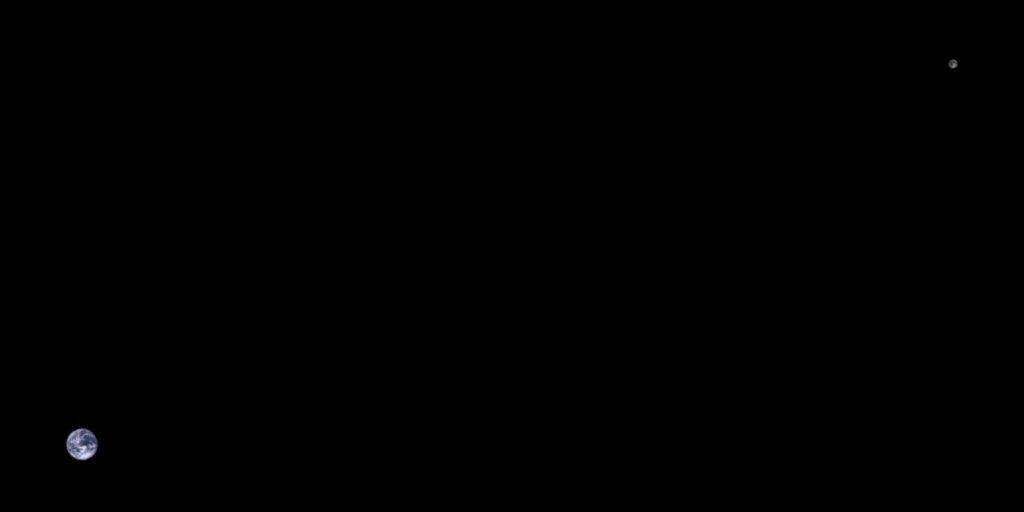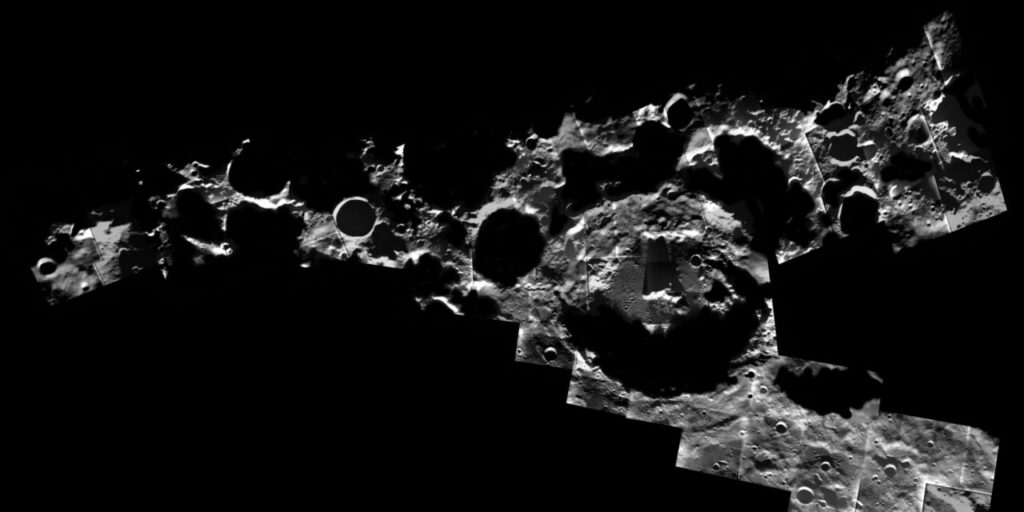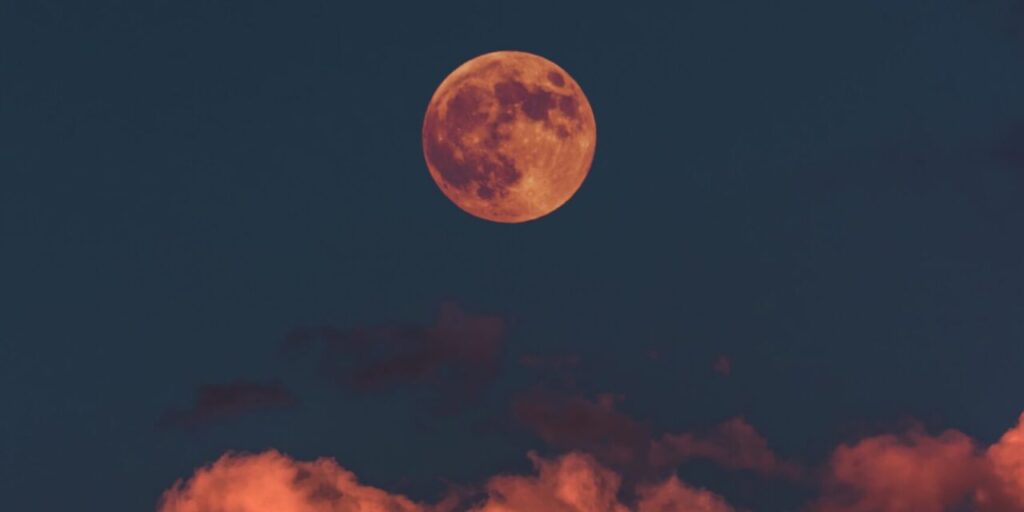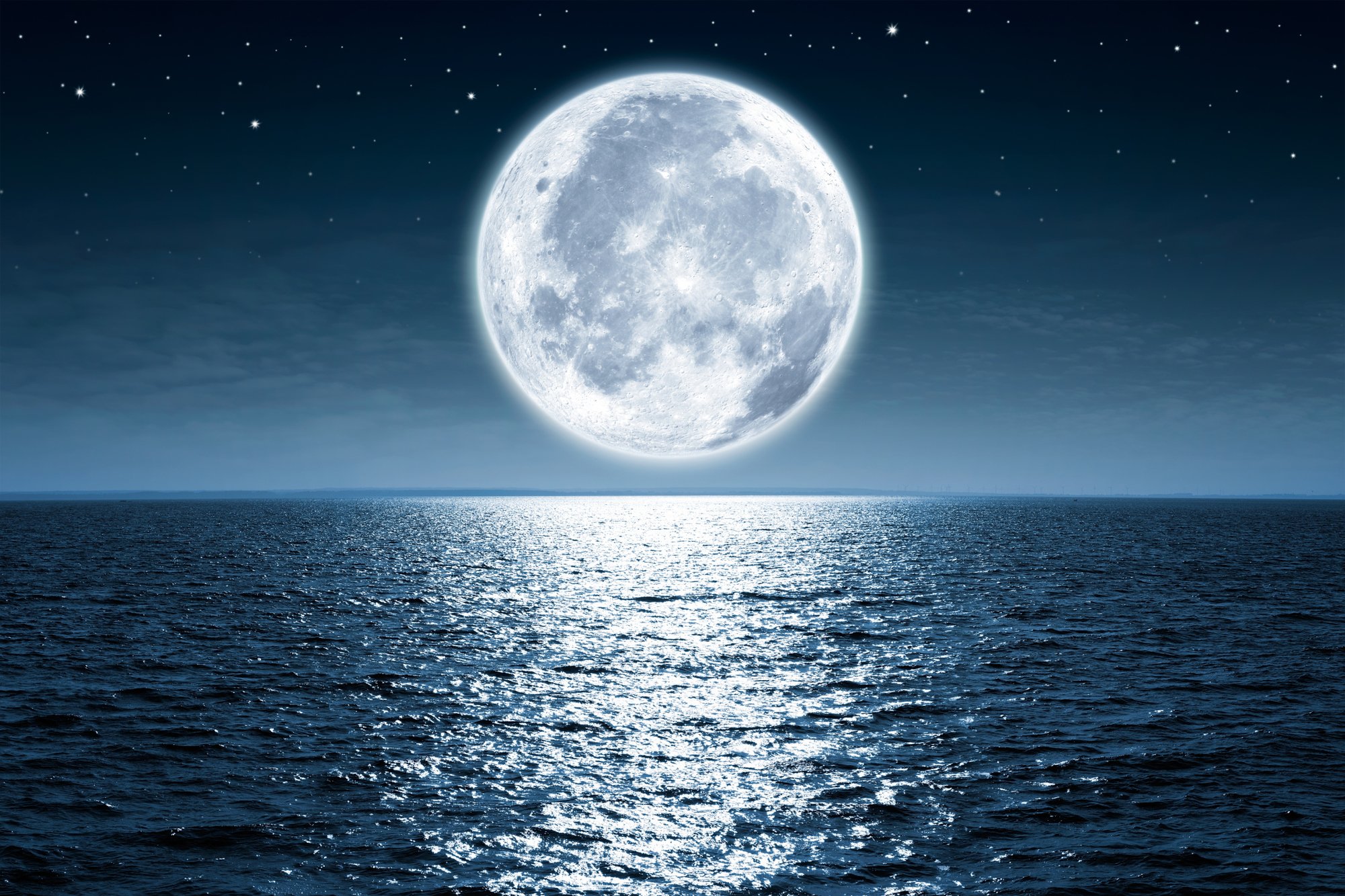The moon, our constant celestial companion, has fascinated and captivated humankind for millennia. Its mysteries, from its creation to its influence on our planet and beyond, have never ceased to amaze. Here are five remarkable facts about the moon that will leave anyone in awe.
1. The Moon is Gradually Drifting Away
While the moon appears as an unchanging, massive rock in the night sky, it is far from static. Around 4.5 billion years ago, when the moon formed, it orbited Earth at approximately 22,500 kilometers. To put this into perspective, today, the moon orbits Earth at a distance of around 384,400 kilometers.

This proximity of the early moon led to exceptionally high tides and extreme tidal forces on our planet. Due to the gravitational phenomenon known as “tidal acceleration,” our moon has been gradually drifting away from Earth, and this process continues to this day.
Each year, the moon moves approximately 3.8 centimeters farther away from Earth. To visualize this rate of change, think of how fast your fingernails grow.
Theoretically, this process could continue for 50 billion years until Earth’s rotation matches the moon’s orbital period. At that point, the moon would be in a synchronous orbit with our planet, always hovering over the same point on Earth’s surface. Days on Earth would become longer as the moon’s gravity gradually slowed down our planet’s rotation. Also, the moon would appear significantly smaller in the sky than its current size.

A similar phenomenon has already occurred with the dwarf planet Pluto and its moon Charon, as they have completed their tidal evolution and are now tidally locked to each other, always showing the same face.
But no need to worry; the moon won’t drift too far. In about 4.5 billion years, the sun will turn into a red giant, likely engulfing the moon and our planet.
2. Golfing on the Moon
Believe it or not, a round of golf was played on the lunar surface. During the Apollo 14 mission in 1971, astronauts Alan Shepard and Edgar Mitchell decided to take a swing with a golf club. Shepard filmed Mitchell as he made a few practice swings and then whacked a golf ball into a nearby crater.
The moon’s airless environment and lower gravity allowed the golf ball to travel much farther than it would have on Earth. Mitchell even noted that the second golf ball he hit “went miles and miles and miles.”
However, the results were later analyzed by image specialist Andy Saunders, who determined that the golf ball traveled only about 120 feet or 36.5 meters. It appears that, like many golfers, Shepard may have overestimated the distance of his swing. Nevertheless, golfing on the moon remains an unforgettable and unique historical moment.
3. A Lunar Burial
We’re accustomed to hearing about the remains of loved ones being placed in urns or memorialized in various ways. However, few would think of having their ashes scattered on the moon. But Eugene Shoemaker, a geologist at NASA, harbored a dream of going to the moon himself. Sadly, he could not realize this ambition during his lifetime due to health issues.

In 1999, a year after Shoemaker died in a car accident, NASA uniquely honored his memory. They placed his ashes inside a metal canister on the Lunar Prospector probe. This spacecraft spent a year orbiting the moon before intentionally crashing into its surface, along with Shoemaker’s remains.
This unconventional lunar “burial” makes Eugene Shoemaker the only human whose remains rest on another celestial body.
4. The Near Miss of Lunar Pizza Advertising
In 1999, the well-known company Pizza Hut hatched an original advertising campaign. They secured the right to place their logo on the exterior of the Proton rocket. This rocket would launch the Zvezda module, part of the International Space Station. However, this was not Pizza Hut’s most ambitious space advertising idea.

Initially, Pizza Hut considered projecting its logo on the moon’s surface using powerful lasers. However, they soon discovered that to be visible from Earth, the logo would need to be the size of Texas. After calculating the immense cost of creating and powering such a projection, Pizza Hut decided to settle for placing its logo on the main body of an upcoming rocket launch.
Pizza Hut also sent a pizza to the International Space Station as part of the same campaign. The pizza was launched aboard a rocket, and the astronauts on the station then baked and ate it—a delicious yet much less ambitious cosmic endeavor.
5. The Moon, a Chip Off the Old Block
When Earth was in its early formative years, a newly-formed celestial body, known as Theia, collided with our planet approximately 4.51 billion years ago. This powerful collision expelled 1.2% of Earth’s mass into space. From the impact, Debris gathered in orbit around Earth and formed the moon.

At its formation, the moon was incredibly hot, with a molten surface. Over roughly 200 million years, it gradually cooled, and a solid crust formed on its surface.
This theory of the moon’s origin explains why the moon and Earth share nearly identical mineral compositions.
These facts highlight the moon’s role in Earth’s history and the unique moments during human visits to our closest cosmic neighbor. With its ongoing influence on Earth’s tides and its place in human history, the moon continues to be a captivating celestial body that inspires scientists and dreamers alike.

